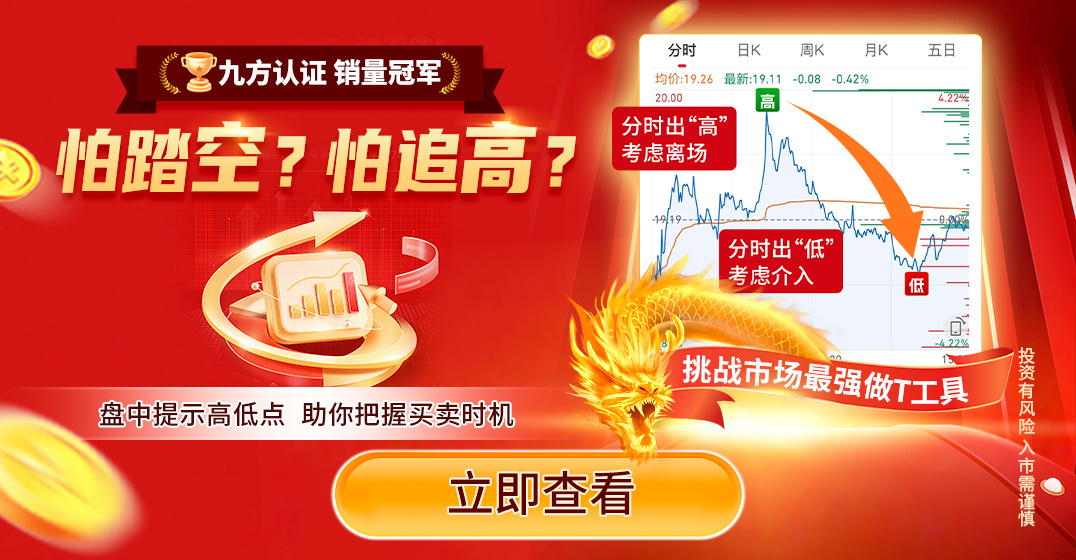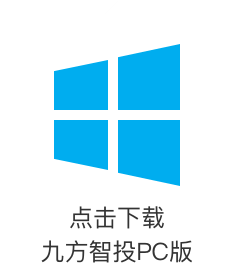What's new
On December 17, 2024 Sinomine Resource Group announced a plan to develop a mining, beneficiation, and copper smelting project at the Kitumba Copper Mine in Zambia. Additionally, Sinomine will invest in a polymetallic comprehensive recycling project at the Tsumeb smelter in Namibia. The firm has stepped up efforts to expand into the copper and germanium industries.
Comments
We believe the plan demonstrates the firm’s core competitiveness in terms of flexible mechanism, geological exploration capability, and strong presence in Africa. We believe the plan will facilitate the firm’s transformation into a mining platform with advantages in geological exploration.
Copper: Advanced mining, beneficiation, and copper smelting project; accelerating copper mine development in Zambia. The firm has invested US$563mn with its own funds and self-raised funds to build a mining, beneficiation, and copper smelting project, which is scheduled to be completed and to begin operation by end-2026. The open pit mine will have a designed raw ore capacity of 3.5mnt/year. Meanwhile, the project will use heaping leaching to extract copper from low-grade ore, with an ore processing design capacity of 1mnt/year. In addition, this project will have annual production capacity of 60,000t of cathode copper, with average copper cathode output at 49,600t/year after the mine reaches the design capacity during its service life.
Minor metals: Tsumeb smelter has abundant tailings resources; rare metal segment continues to expand. The firm plans to invest US$223mn in building a 200,000t/year polymetallic comprehensive recycling project at the Tsumeb smelter with a designed production period of 15 years. Construction of this project will be completed in two phases: Phase I for pyrometallurgy and Phase II for hydrometallurgy. The main raw material to be processed by this project is germanium-zinc tailings containing valuable metals such as germanium, gallium, and zinc from the smelter, with design capacity for production of 33t/year of germanium ingots, 11t/year of industrial gallium and 10,900t/year of zinc ingots.
Based on germanium prices of US$2,667/kg and zinc prices of US$2,760/kg, we estimate the project will generate annual revenue of US$135mn and annual profit of US$53.54mn after reaching design capacity.
Lithium: Cost reduction and efficiency improvement underway; production capacity to expand. The firm’s lithium salt production capacity from its own mines totals about 60,000t/year at its Bikita and Tanco mines. We expect the 1mnt/year mining and processing project at the Tanco mine to add 20,000t/year of incremental supply from self-owned mines. In 2024, the company continued to reduce the production cost of lithium concentrates by adjusting the structure of raw materials, raising the recovery rate, and building photovoltaic power stations. We estimate that the production cost of lithium salts (excluding FX gains and losses) was about Rmb61,000/t in 1H24, implying a significant decline in costs.
We believe the firm has the potential to further reduce costs by lowering the proportion of lithium-permeable feldspar concentrates, enhancing the grade of ores, and building lithium sulfate factories.
Financials and valuation
As the decline in lithium prices accelerated in 2024 and earnings of minor metals may grow more rapidly in 2025, we lower our 2024 net profit forecast 17% to Rmb659mn, raise our 2025 net profit forecast 8% to Rmb0.96bn, and introduce our 2026 net profit forecast of Rmb1.18bn. The stock is trading at 26.1x 2025e and 22.0x 2026e P/E. We maintain an OUTPERFORM rating and our target price of Rmb42.01, implying 30.4x 2025e and 25.7x 2026e P/E, offering 16% upside.
Risks
Disappointing progress in copper and germanium projects; policy headwinds for overseas projects; sharper-than-expected decline in lithium prices.
















